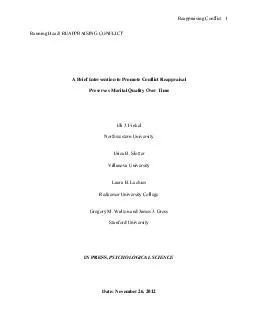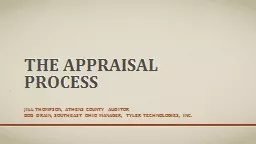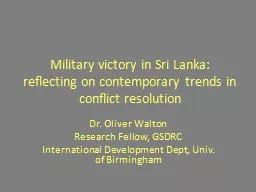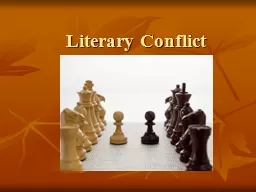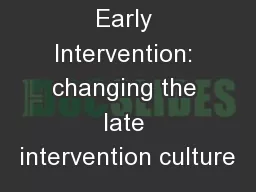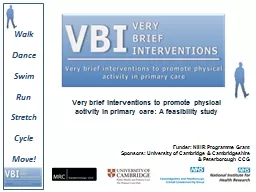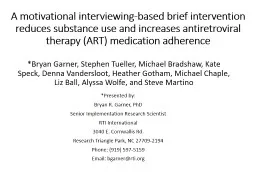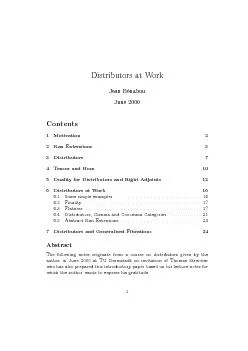PDF-A Brief Intervention to Promote Conflict Reappraisal Preserves Marita
Author : sherrill-nordquist | Published Date : 2015-10-04
Marital quality is a major contributor to happiness and health Unfortunately marital quality normatively declines over time We tested whether a novel 21minute intervention
Presentation Embed Code
Download Presentation
Download Presentation The PPT/PDF document "A Brief Intervention to Promote Conflict..." is the property of its rightful owner. Permission is granted to download and print the materials on this website for personal, non-commercial use only, and to display it on your personal computer provided you do not modify the materials and that you retain all copyright notices contained in the materials. By downloading content from our website, you accept the terms of this agreement.
A Brief Intervention to Promote Conflict Reappraisal Preserves Marita: Transcript
Download Rules Of Document
"A Brief Intervention to Promote Conflict Reappraisal Preserves Marita"The content belongs to its owner. You may download and print it for personal use, without modification, and keep all copyright notices. By downloading, you agree to these terms.
Related Documents

